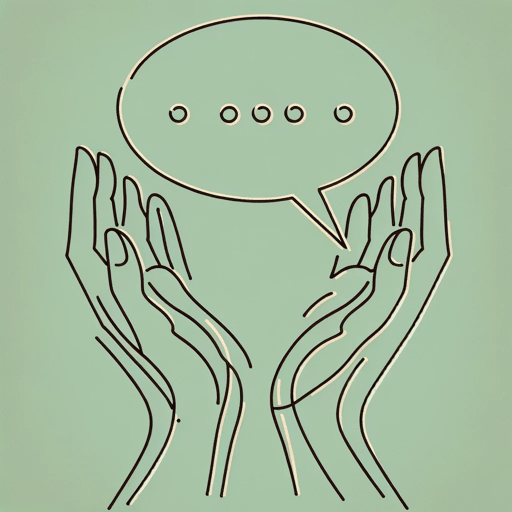44 pages • 1 hour read
Ijeoma OluoSo You Want to Talk About Race
Nonfiction | Book | Adult | Published in 2018A modern alternative to SparkNotes and CliffsNotes, SuperSummary offers high-quality Study Guides with detailed chapter summaries and analysis of major themes, characters, and more.
Summary and Study Guide
Overview
So You Want to Talk About Race is a 2018 non-fiction book written by Ijeoma Oluo, an American author of Nigerian descent whose columns and news articles on race have appeared in The Guardian, The Stranger, and Jezebel, among other places. This guide refers to the first edition published in 2018 by Seal Press. The title gestures to the discourse that is necessary to combat racial oppression in the United States. The book made Bustle’s list of 14 recommended debut books by women as well as Harper’s Bazaar’s list of the 10 best new books of 2018. It was a New York Times bestseller. In her candid introduction to race and racism in America, Oluo frames each chapter as a question, which she explains and unpacks, interweaving personal experiences with critical terms and issues.
The Introduction consists of Oluo’s recollections of growing up in a racially marked body, which led to microaggressions, on one hand, and celebrations of Black culture, on the other. Chapter 1 pushes back against attempts to sidestep discussions of race by stressing class. In Chapter 2, Oluo defines racism as prejudices reinforced by systems of power and defends her broad use of the term, refusing to reserve it for extreme examples, such as Nazis, cross burnings, and lynchings. Chapter 3 shifts the emphasis to the fears associated with discussing race, pitfalls to avoid, and strategies for having productive conversations. Chapters 4-8 address the issues of White privilege, intersectionality, police brutality, affirmative action, and the school to prison pipeline.
In Chapter 9, Oluo explains why it is never appropriate for White people to use the “n” word, while Chapters 10-15 focus on the problems of cultural appropriation, bodily autonomy, microaggressions, youth activism, the myth of the model minority, and the stereotype of the angry Black person, as embodied in Al Sharpton. The book closes with chapters about how to confront one’s own racism and specific actions to combat systemic racism. Oluo’s book answers questions many Americans have about race but are too scared to ask while touching on key aspects of racism.

